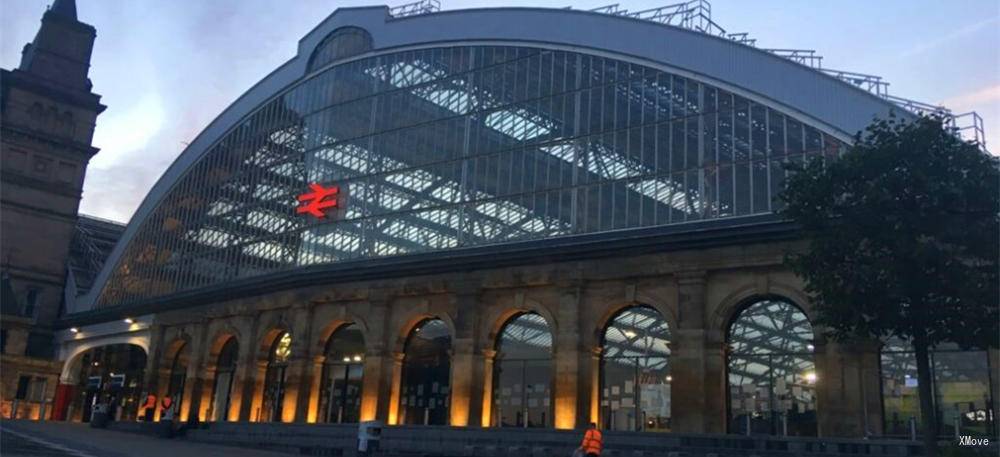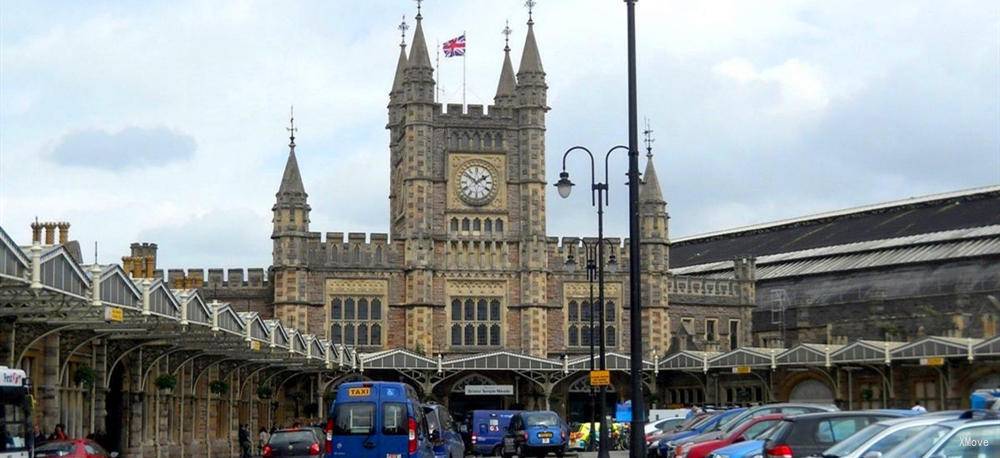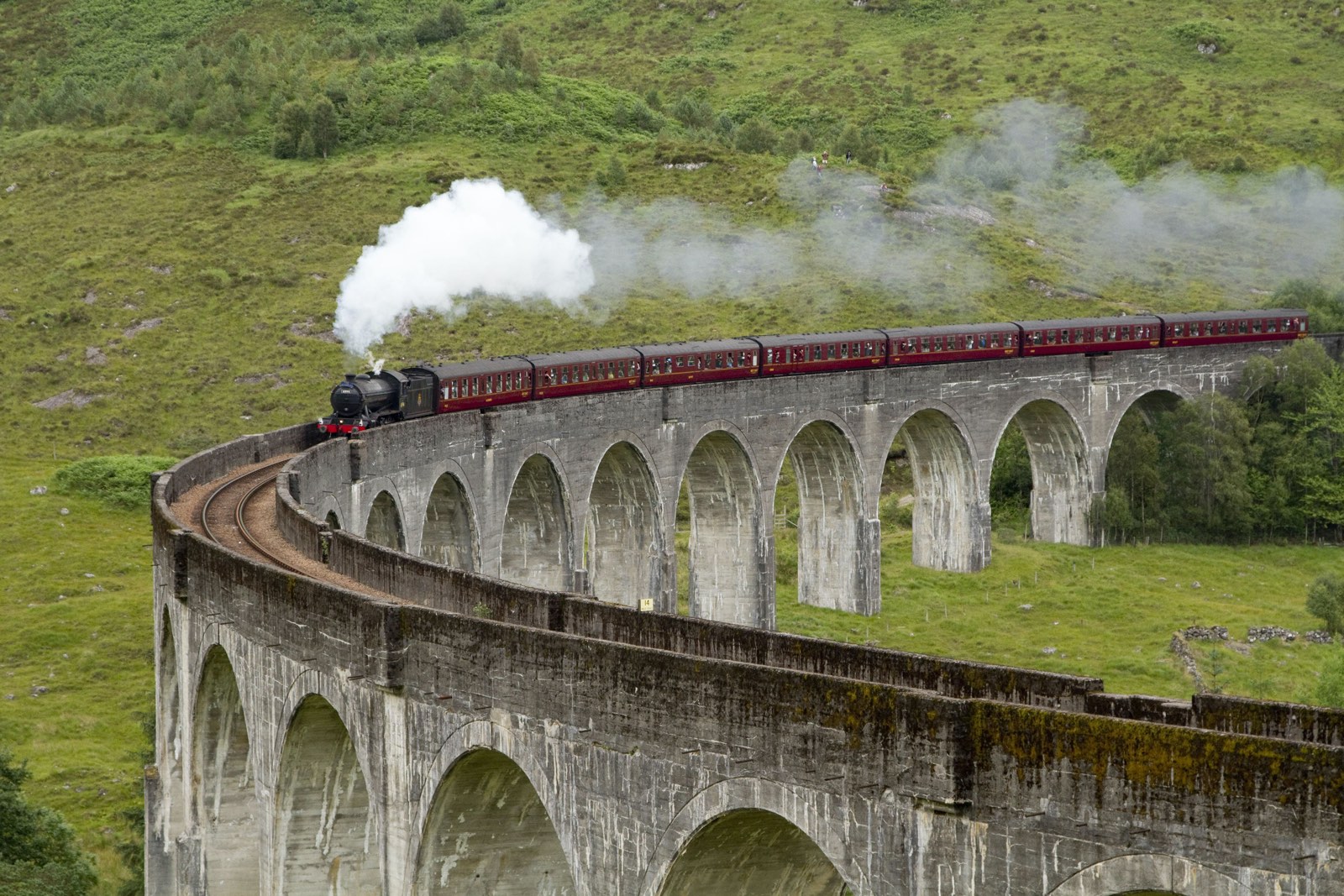Bristol Temple Meads
Introduction
Bristol Temple Prairie Station is a British railway station located in Bristol, Bristol's oldest and largest railway station. This station is an important church hub in Bristol. The train station opened on August 31, 1840. The Bristol Temple Prairie Station is one of 19 railway stations directly managed by Network Rail, and the number of passengers at the station has continued to increase in recent years.
Platform
Some train services using this service will call at Bristol Mead Temple on the way to other destinations as it is not the terminal.
Therefore, from the perspective of the traveler, the main function of the station is the subway below the railway line, which connects most of the stations with the main station building.
The main building accommodates all entrances/exports, ticket counters and most food/beverage shops.
The passage is made up of stairs and elevators, and the elevator in the main building is near the main entrance.
When you arrive at the 6, 8, 10, and 12 stations by train, you will have to go through the stairs to find the elevator. Stations 1-4 are free to enter and exit between trains. Station 3 is next to the ticket office, and this is the departure point for most of the cross-country trains to Birmingham and the North. Many Great Western Railway trains to London also Departure from platform 3.
When leaving the train departing from the 5-12 platform, please note that these stations are separate. However, they are not divided into "a" and "b" parts, but are assigned different numbers on both ends. Therefore, two different trains can occupy both ends of the platform at the same time, but the signs in the passage below the train will indicate the correct direction, especially if you are walking the stairs.
The channel runs below the middle of the station, so the left staircase leads to stations 5, 7, 9 and 11, while the right staircase leads to 6, 8, 10 and 12. Each specific platform also has its own departure indicator, so it is worth checking these indicators before getting on the bus.
Going to the city center
The station is within a certain distance from the city center and its related attractions, which is an unmaskable fact. The station is 12 – 25 minutes walk from the city centre.
If you want to walk downtown, take the stairs away from the main exit and turn right when you reach the main road. Then walk along the roundabout and walk along Victoria Street.
Bristol does not have any type of tram or subway, so the main public transport option is to take the bus – line 8, line 9 and line 72 stop at the front yard of the station and connect the Temple Meads station to the city. center. You can also reach the charming Clifton Village on Highways 8 and 9. If you want to visit the wonderful suspension bridge, get off at that stop.
However, many of Bristol's best attractions, including SS Great Britain, are concentrated around its former dock, which is a short distance from Bristol Mead Temple. But it is connected to Bristol Station by the Bristol Ferry Company, which has a pier called Temple Meads and is a 5-minute walk from the station.
To get to the destination, you first need to exit from the side exit of the station, which enters the older part of the station and the train no longer uses the exit.
At the top right will be a sidewalk that passes through the parking lot and then crosses a short bridge.
Bristol Temple Meads - Station Guide | Departures and Arrivals | Popular Routes









